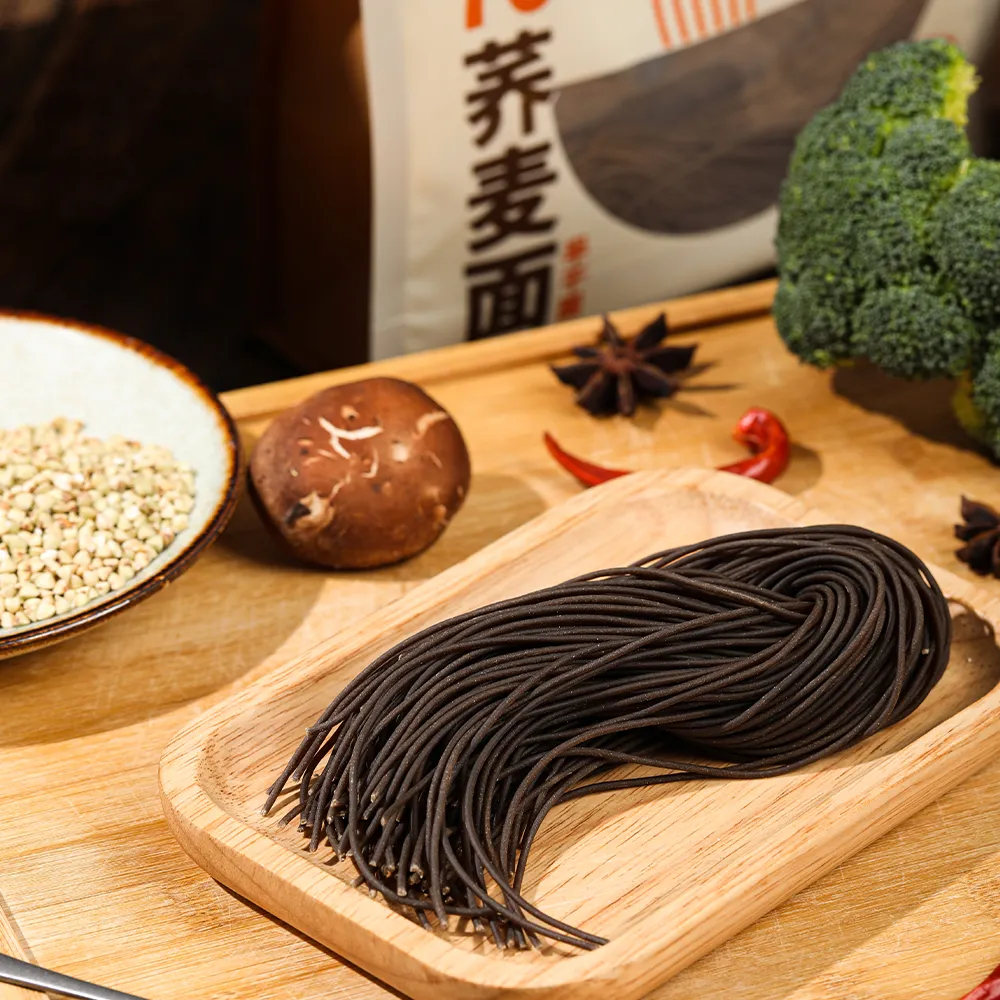soba pasta
The Delicate Art of Soba Pasta A Japanese Delight
Soba pasta, a traditional Japanese noodle made from buckwheat flour, has gained popularity not just in Japan but across the globe. The word soba actually means buckwheat in Japanese, and it refers to the thin, long noodles that are often enjoyed warm or cold. This versatile staple of Japanese cuisine has a unique texture and a nutty flavor that sets it apart from other types of noodles.
The Origins of Soba
Soba dates back to the 8th century in Japan, where it was initially consumed for its nutritional value and believed health benefits. Buckwheat is a highly nutritious grain that is gluten-free and rich in protein, fiber, vitamins, and minerals. The cultivation of buckwheat flourished in Japan, especially in the mountainous regions, making soba a common choice for the local populace. Over the centuries, the art of making soba has been refined, evolving into a culinary practice that balances simplicity and taste.
The Craft of Making Soba
Making soba is an art form that requires skill and precision. Traditional soba is crafted from 100% buckwheat flour, although some variations may include a small amount of wheat flour to improve elasticity. The process begins with grinding the buckwheat kernels into flour, followed by mixing with water to form a dough. After kneading the dough to a perfect consistency, it is rolled out and cut into thin strips.
One of the most fascinating aspects of soba is the technique of soba kiri, or soba cutting, where the chef carefully slices the rolled-out dough with a sharp knife to ensure uniformity in size. This uniformity is crucial; it allows for even cooking and contributes to the texture of the final dish. The skill involved in soba-making reflects the Japanese values of precision and dedication to craftsmanship.
Culinary Applications
soba pasta

Soba can be enjoyed in various ways, making it incredibly versatile. The most popular dishes include Zaru Soba, where the cold soba noodles are served on a bamboo tray alongside a light dipping sauce made from soy sauce, mirin, and dashi. This dish is often garnished with sliced green onions, wasabi, or shichimi togarashi for added flavor.
Another beloved dish is Kake Soba, which refers to soba served in a hot broth. The broth is typically made from a base of dashi with soy sauce or miso, and it's often topped with ingredients like tempura, scallions, and raw eggs.
Soba can also be incorporated into salads, stir-fries, and even baked goods. Its distinctive flavor pairs beautifully with various ingredients, allowing for creative and delicious culinary experimentation.
Health Benefits of Soba
In addition to its delightful taste, soba offers numerous health benefits. Being high in protein and fiber, it aids in digestion and helps in maintaining a healthy weight. Moreover, soba is rich in antioxidants and can help regulate blood sugar levels. Its gluten-free nature makes it a fantastic option for those with gluten sensitivities or celiac disease.
Conclusion
Soba pasta is more than just a noodle; it is a representation of Japanese culture, history, and culinary artistry. Whether enjoyed in a traditional setting or incorporated into modern dishes, soba continues to win hearts and palates around the world. Its unique flavor, combined with the nutritional benefits, makes it a worthy addition to any diet. As global interest in health-conscious and flavorful food options continues to rise, soba pasta stands poised to shine as a beloved staple in kitchens everywhere. So, the next time you're in the mood for something new, consider indulging in the simple yet sophisticated delight of soba pasta.
-
Is Whole Wheat Pasta Healthy?NewsMay.30,2025
-
Are Soba Noodles Good for Weight Loss?NewsMay.30,2025
-
Are Buckwheat Soba Noodles Healthy?NewsMay.30,2025
-
Are Buckwheat Soba Noodles Gluten Free?NewsMay.30,2025
-
Are Buckwheat Noodles Good for You?NewsMay.30,2025
-
A Healthy Way to Savor Soba and Spicy FlavorsNewsMay.30,2025
-
What Are Lanzhou Noodles?NewsMay.30,2025
Browse qua the following product new the we

















































































































